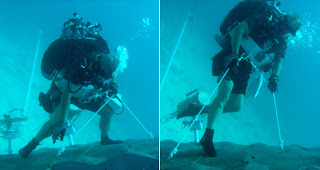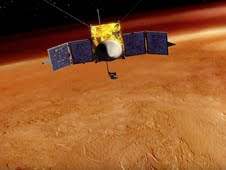Space shuttle Endeavour is scheduled to return to Earth for the final time on Wednesday, June 1, completing a 16-day mission to outfit the International Space Station. If Endeavour lands Wednesday, it will have spent 299 days in space and traveled more than 122.8 million miles during its 25 flights. It launched on its first mission on May 7, 1992.Wednesday's landing opportunities at NASA's Kennedy Space Center in Florida are at 2:35 a.m. and 4:11 a.m. EDT. Endeavour's entry flight control team led by Tony Ceccacci will evaluate weather conditions at Kennedy before permitting Endeavour to land.
If the shuttle is unable to return Wednesday, additional opportunities are available on Thursday at Kennedy and at backup landing site Edwards Air Force Base in California. For recorded updates about landing, call 321-867-2525.Approximately two hours after Endeavour lands, NASA officials will hold a briefing to discuss the mission. The participants will be:

- Bill Gerstenmaier, associate administrator for Space Operations
- Mike Moses, space shuttle launch integration manager
- Mike Leinbach, space shuttle launch director
After touchdown, the astronauts will undergo routine physical examinations and meet with their families. The crew is expected to participate in a post-landing news conference about six hours after landing. Availability is subject to change due to real time circumstances. The news events will be broadcast live on NASA Television and the agency's website.
The Kennedy Press Site will be open for shuttle Atlantis’ rollout to Launch Pad 39A scheduled for 8 p.m. Tuesday and will remain open until 4:30 p.m. Wednesday.News media representatives who have been approved for STS-134 mission badges but have not picked them up yet may do so at NASA's Pass and Identification Building on State Road 3 on May 31 from 4 - 6 p.m. and 10:30 p.m. to 12:30 a.m. on June 1.The last bus will depart from the news center for the Shuttle Landing Facility one hour before landing.If the shuttle landing is diverted to Edwards after Wednesday, reporters should call the public affairs office at NASA's Dryden Flight Research Center at 661-276-3449. Dryden has limited facilities available for previously accredited journalists.


















